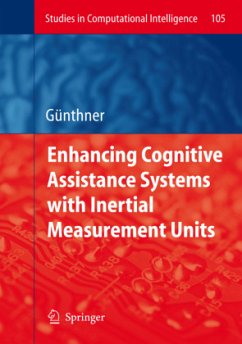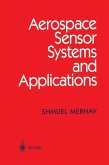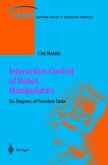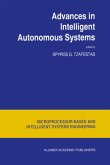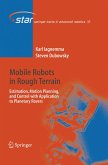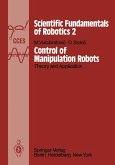The primary goal of this book is the specification, design and testing of an inertially stabilized camera platform for assistance systems with the focus on adaptive inertial measurement. This can be divided into sub-goals which also served as internal milestones for the project; development of a highly miniaturized inertial measurement unit, development of adaptive control algorithms for gaze stabilization, industrial application and development of multi-sensor fusion algorithms.
1.1 Motivation Throughout the last decade, major car manufacturers have introduced a great - riety of di?erent assistance systems to make driving safer and more comfortable. Mechatronic systems like dynamic stability control, situation dependant suspension adjustment or the recently introduced night vision cameras are just a few examples among a range of helpful developments. The current focus of research is on cognitive assistance systems for high-level p- ception of the environment. Rather than present mere images to the driver, these future systems extract all relevant information and provide a reduced set that alerts to possible dangers or, in a further stage, directly takes over control of the vehicle to prevent accidents. TheseStepsTowardstheSeeingCar were presented as a keynote speech at theAdvancedMicrosystemsforAutomotiveApplications2007 conference byVolkswagen [87]. In addition to radar, ultrasonic and laser sensors, concepts include video cameras for the perception of the medium and far range. Video will play an especially important role in future driver assistance, since the tra?c environment is designed for human needs, and thus relies predominantly on visual cues. For the visual assessment of the environment, two aspects are crucial and will be covered in this book. First, the vehicle has to know its own motion in space in order to reliably di?erentiate visual motion caused by other objects, such as moving pedestrians, from that of the static environment generated by the car's own movement. Second, the visual sensor needs to cover a wide range with high resolution and precision.
1.1 Motivation Throughout the last decade, major car manufacturers have introduced a great - riety of di?erent assistance systems to make driving safer and more comfortable. Mechatronic systems like dynamic stability control, situation dependant suspension adjustment or the recently introduced night vision cameras are just a few examples among a range of helpful developments. The current focus of research is on cognitive assistance systems for high-level p- ception of the environment. Rather than present mere images to the driver, these future systems extract all relevant information and provide a reduced set that alerts to possible dangers or, in a further stage, directly takes over control of the vehicle to prevent accidents. TheseStepsTowardstheSeeingCar were presented as a keynote speech at theAdvancedMicrosystemsforAutomotiveApplications2007 conference byVolkswagen [87]. In addition to radar, ultrasonic and laser sensors, concepts include video cameras for the perception of the medium and far range. Video will play an especially important role in future driver assistance, since the tra?c environment is designed for human needs, and thus relies predominantly on visual cues. For the visual assessment of the environment, two aspects are crucial and will be covered in this book. First, the vehicle has to know its own motion in space in order to reliably di?erentiate visual motion caused by other objects, such as moving pedestrians, from that of the static environment generated by the car's own movement. Second, the visual sensor needs to cover a wide range with high resolution and precision.

